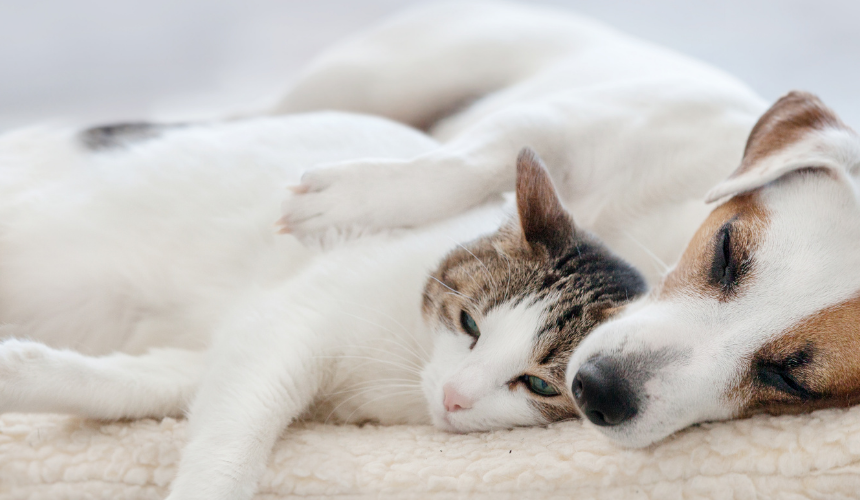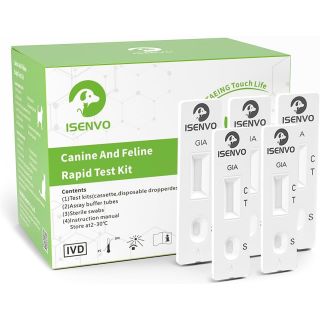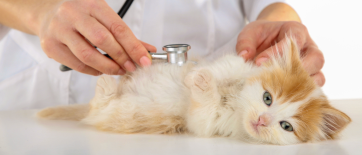In the realm of pet wellness, a silent adversary often lurks beneath the surface—Giardia intestinalis Assembly (commonly referred to as "GIA" in veterinary contexts), a microscopic parasite that targets the gastrointestinal tracts of dogs and cats. As a responsible pet guardian, understanding GIA is essential for safeguarding your furry companions from its debilitating effects.
What is GIA?
GIA is a flagellated protozoan parasite belonging to the genus Giardia, with Giardia intestinalis being the most prevalent species affecting pets. Unlike FIV (Feline Immunodeficiency Virus), which targets the immune system, GIA directly invades the small intestine, disrupting nutrient absorption and causing gastrointestinal distress. Transmission occurs through:
1.Fecal-Oral Route: Ingestion of water, food, or surfaces contaminated with cysts (the dormant, environmentally resistant form of the parasite).
2.Direct Contact: Sharing environments with infected animals, such as kennels, shelters, or multi-pet households.
3.Zoonotic Potential: While human infections are rare, proper hygiene is crucial to prevent cross-species transmission.
Hazards of GIA to Pets
1.Acute Gastroenteritis
Symptoms include explosive, foul-smelling diarrhea, vomiting, and abdominal cramps.
Dehydration and electrolyte imbalances can rapidly develop, especially in puppies, kittens, or immunocompromised pets.
2.Chronic Malabsorption
Persistent infection may lead to steatorrhea (fatty stools), weight loss, and stunted growth in young animals.
Secondary complications like pancreatitis or inflammatory bowel disease (IBD) can arise from prolonged inflammation.
3.Asymptomatic Carriage
Up to 30% of infected pets may show no symptoms, yet continue to shed cysts, perpetuating outbreaks in shared environments.
4.Zoonotic Risk (Though Low)
While human cases are uncommon, immunocompromised individuals (e.g., the elderly, HIV patients) should exercise caution around infected pets.
Prevention Strategies
1.Environmental Hygiene:
Regularly disinfect pet bowls, bedding, and litter boxes with bleach solutions (1:32 dilution).
Avoid stagnant water sources during outdoor activities.
2.Fecal Management:
Promptly remove feces from yards or public areas to reduce cyst contamination.
Practice good hand hygiene after handling pet waste.
3.Veterinary Vigilance:
Annual fecal exams, especially for pets in high-risk environments (kennels, shelters).
Vaccination against common coinfections (e.g., parvovirus) to strengthen overall immunity.
4.Nutritional Resilience:
Feed a balanced diet rich in prebiotics and antioxidants to support gut health.
Conclusion: A Proactive Approach to Pet Health
GIA, though microscopic, poses a significant threat to canine and feline well-being. By understanding its transmission dynamics, recognizing clinical signs, and implementing preventive measures, pet owners can mitigate risks and ensure their companions thrive. Remember, early detection and targeted treatment are key to combating this "invisible invader"—so stay vigilant, stay informed, and keep your pets protected!








